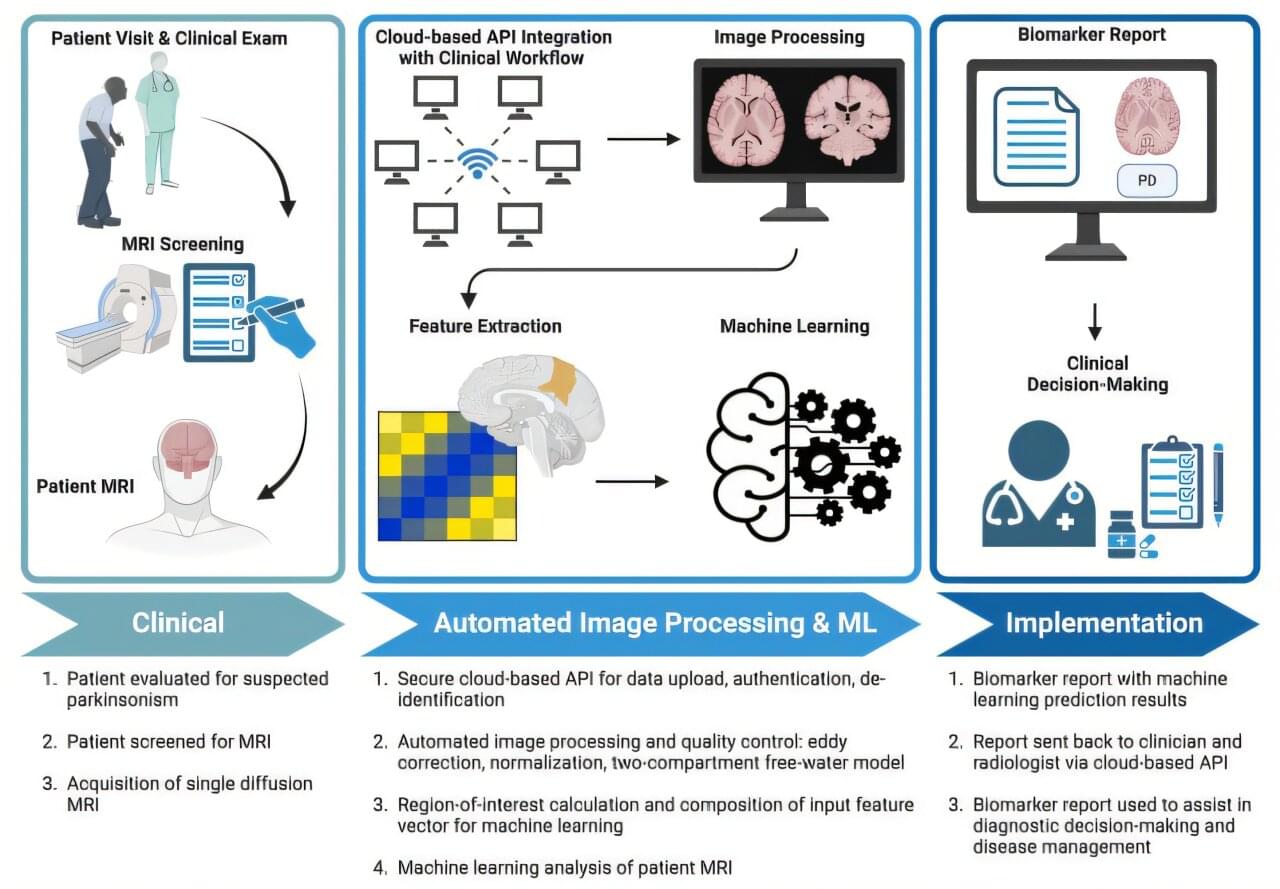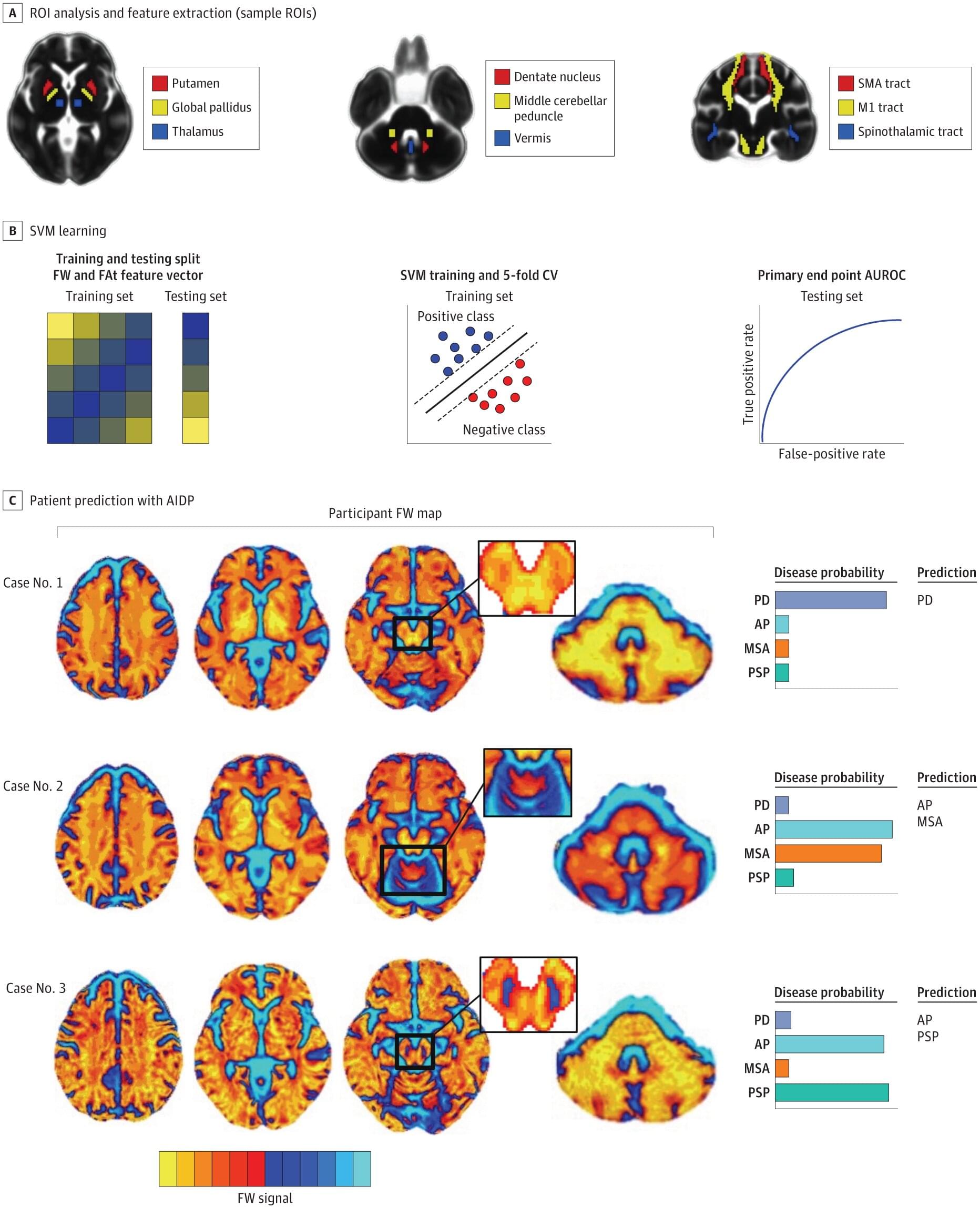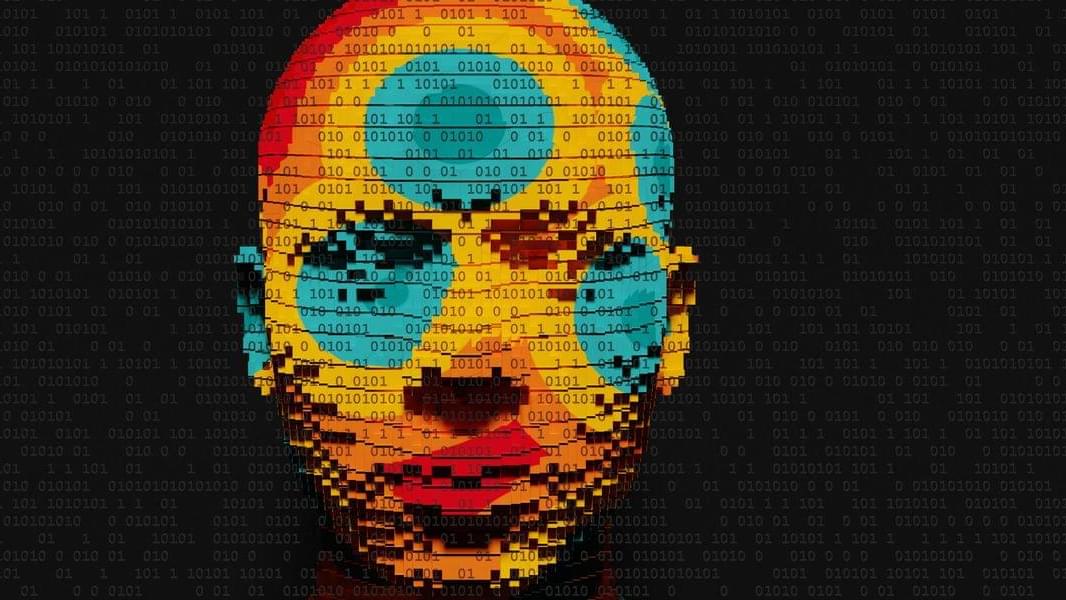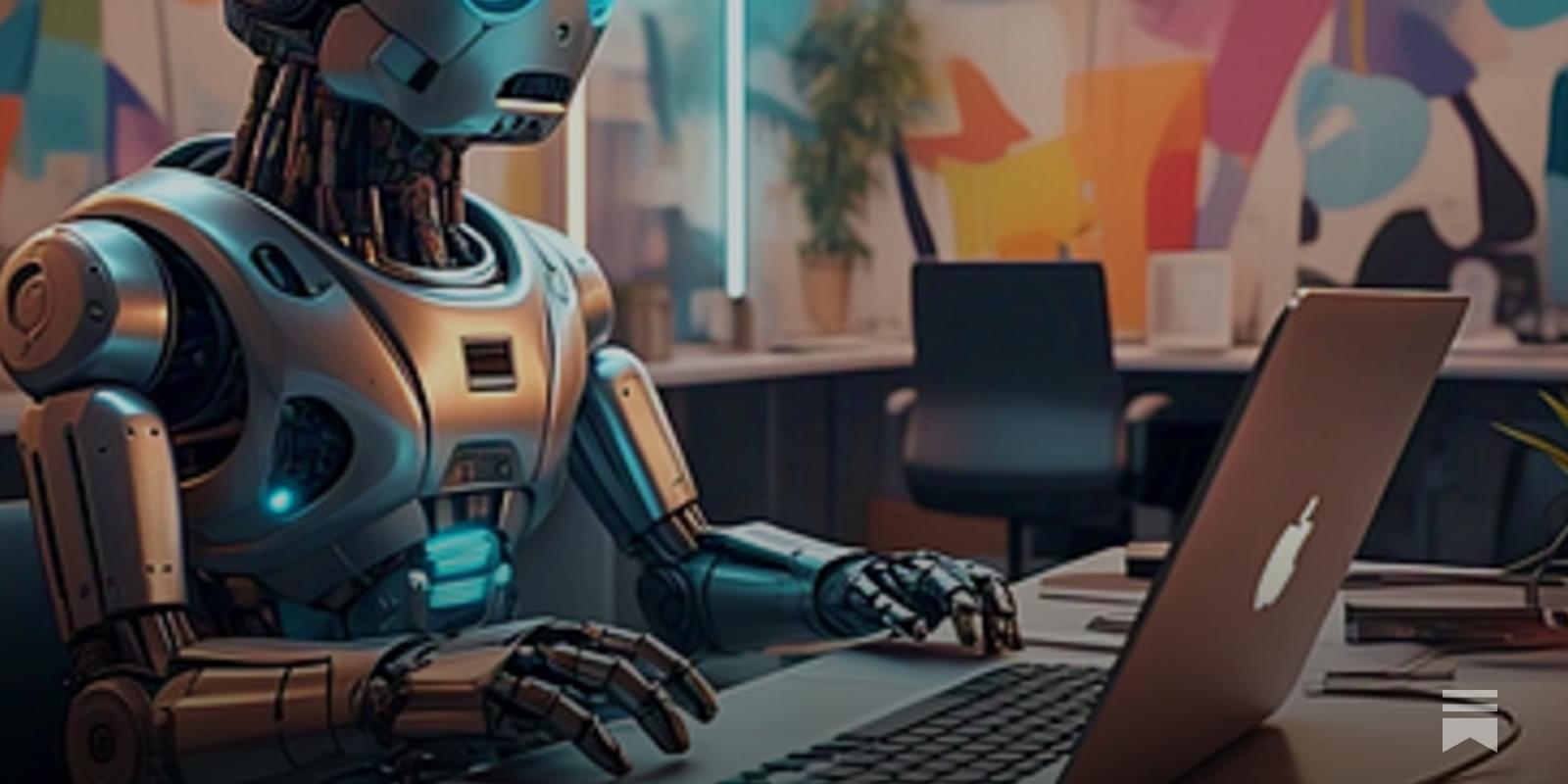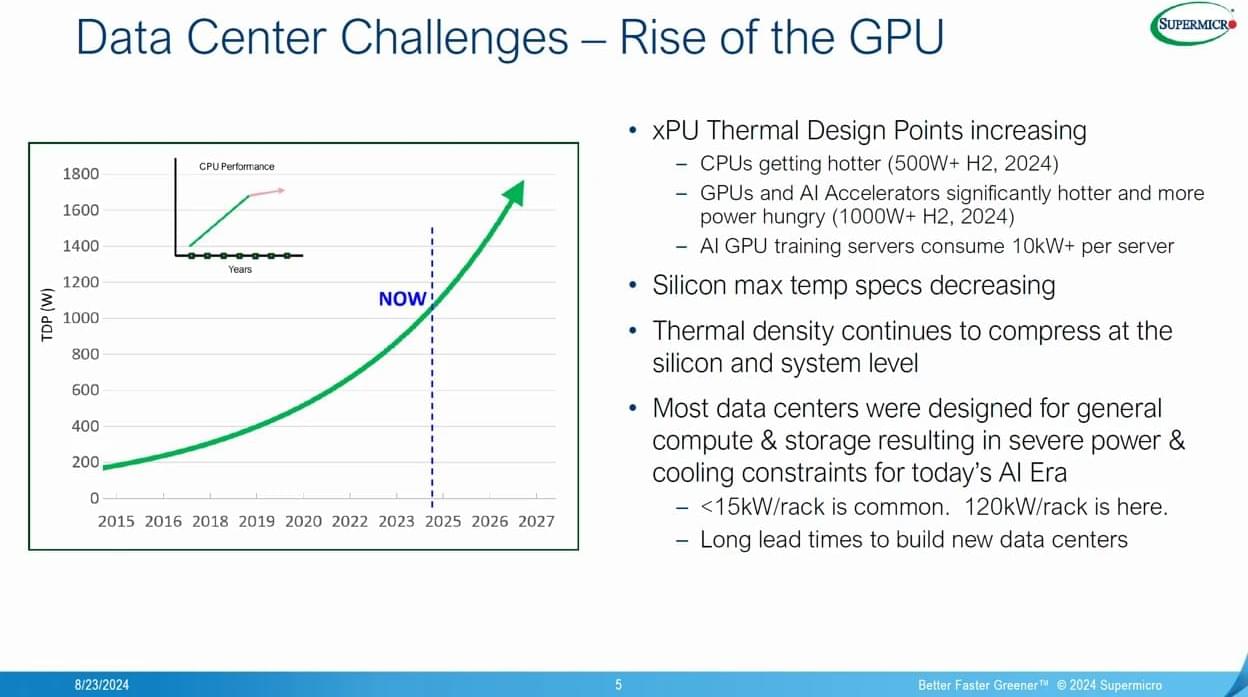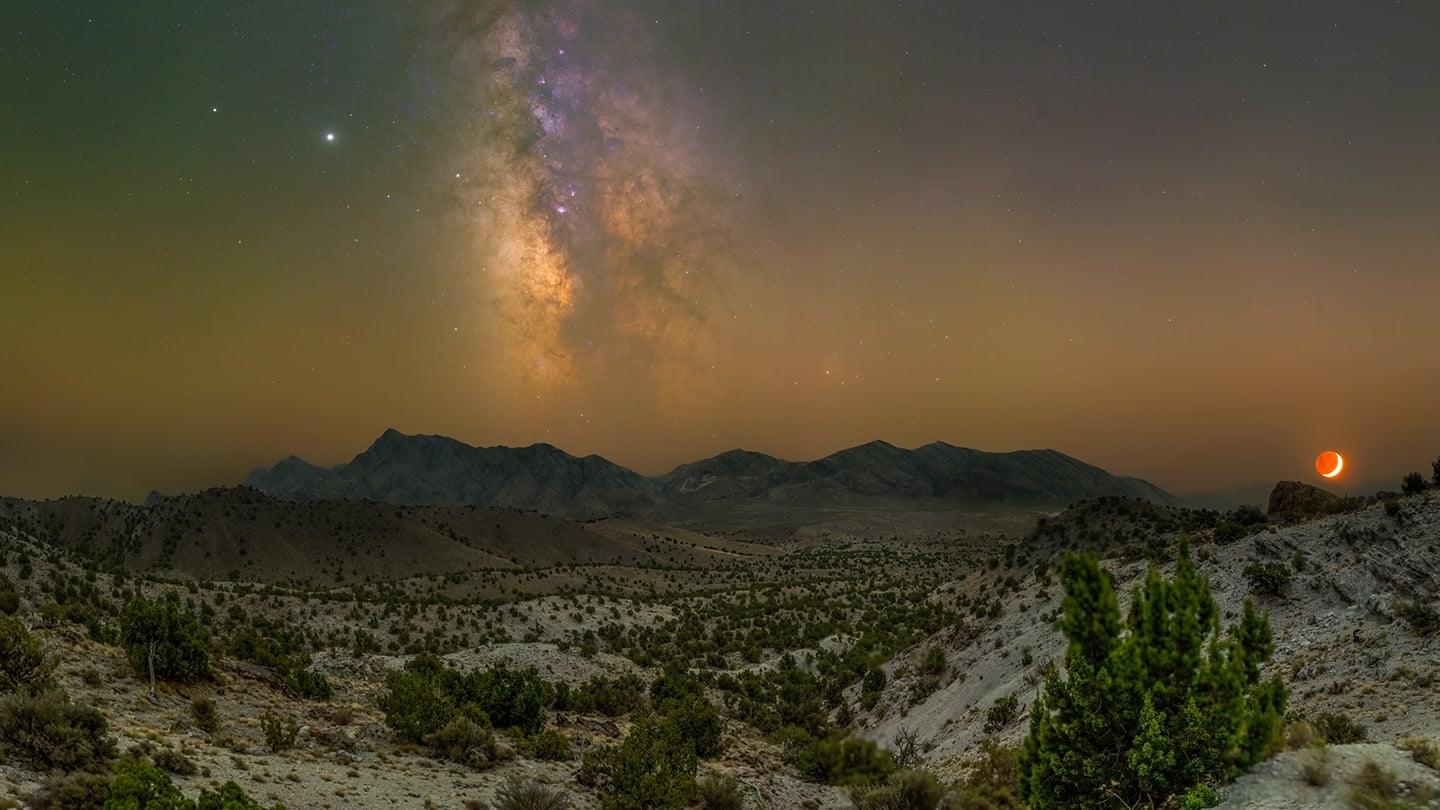Existing research indicates that the accuracy of a Parkinson’s disease diagnosis hovers between 55% and 78% in the first five years of assessment. That’s partly because Parkinson’s sibling movement disorders share similarities, sometimes making a definitive diagnosis initially difficult.
Although Parkinson’s disease is a well-recognized illness, the term can refer to a variety of conditions, ranging from idiopathic Parkinson’s, the most common type, to other movement disorders like multiple system atrophy, a Parkinsonian variant; and progressive supranuclear palsy. Each shares motor and nonmotor features, like changes in gait, but possesses a distinct pathology and prognosis.
Roughly one in four patients, or even one in two patients, is misdiagnosed.
